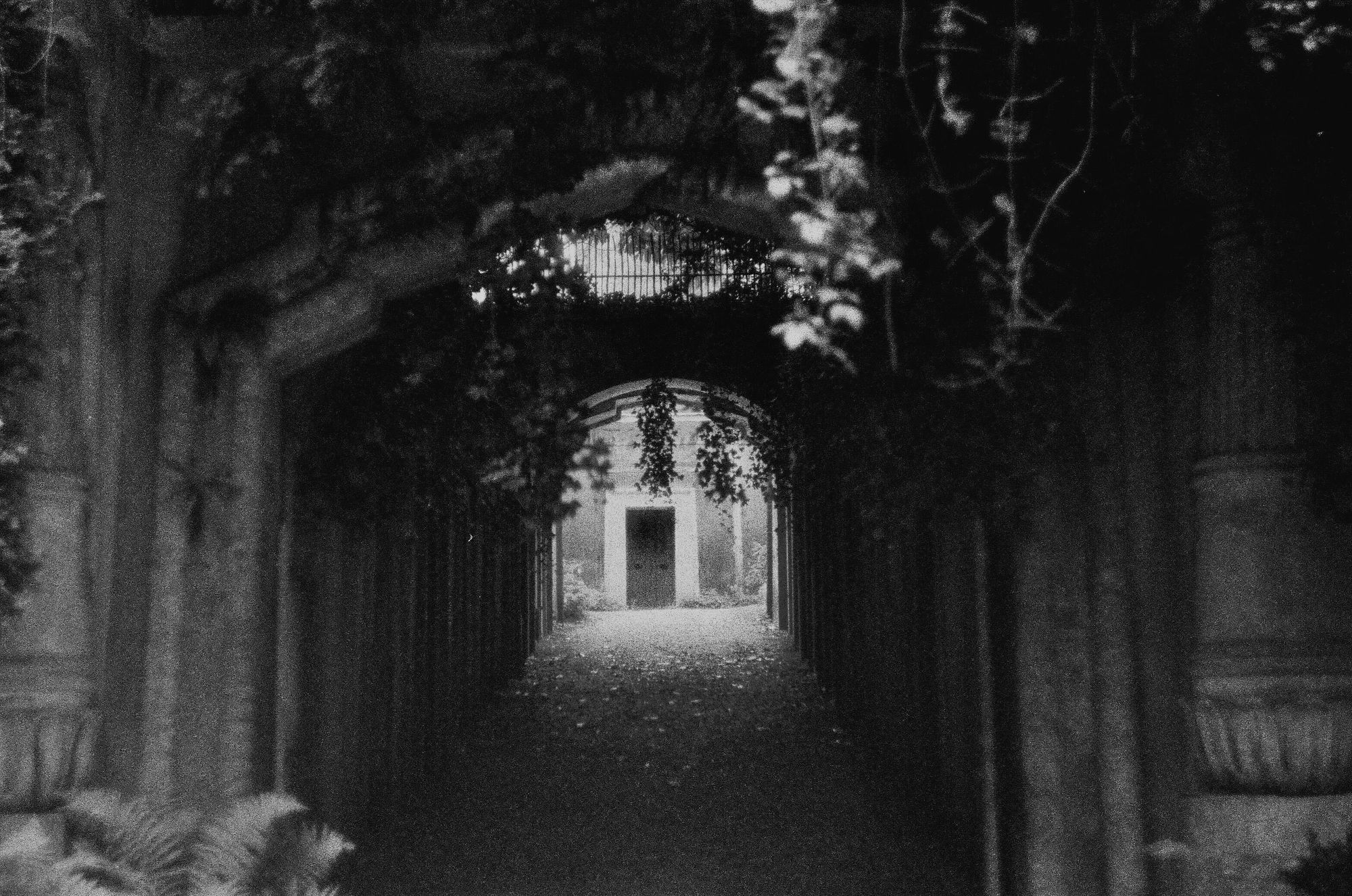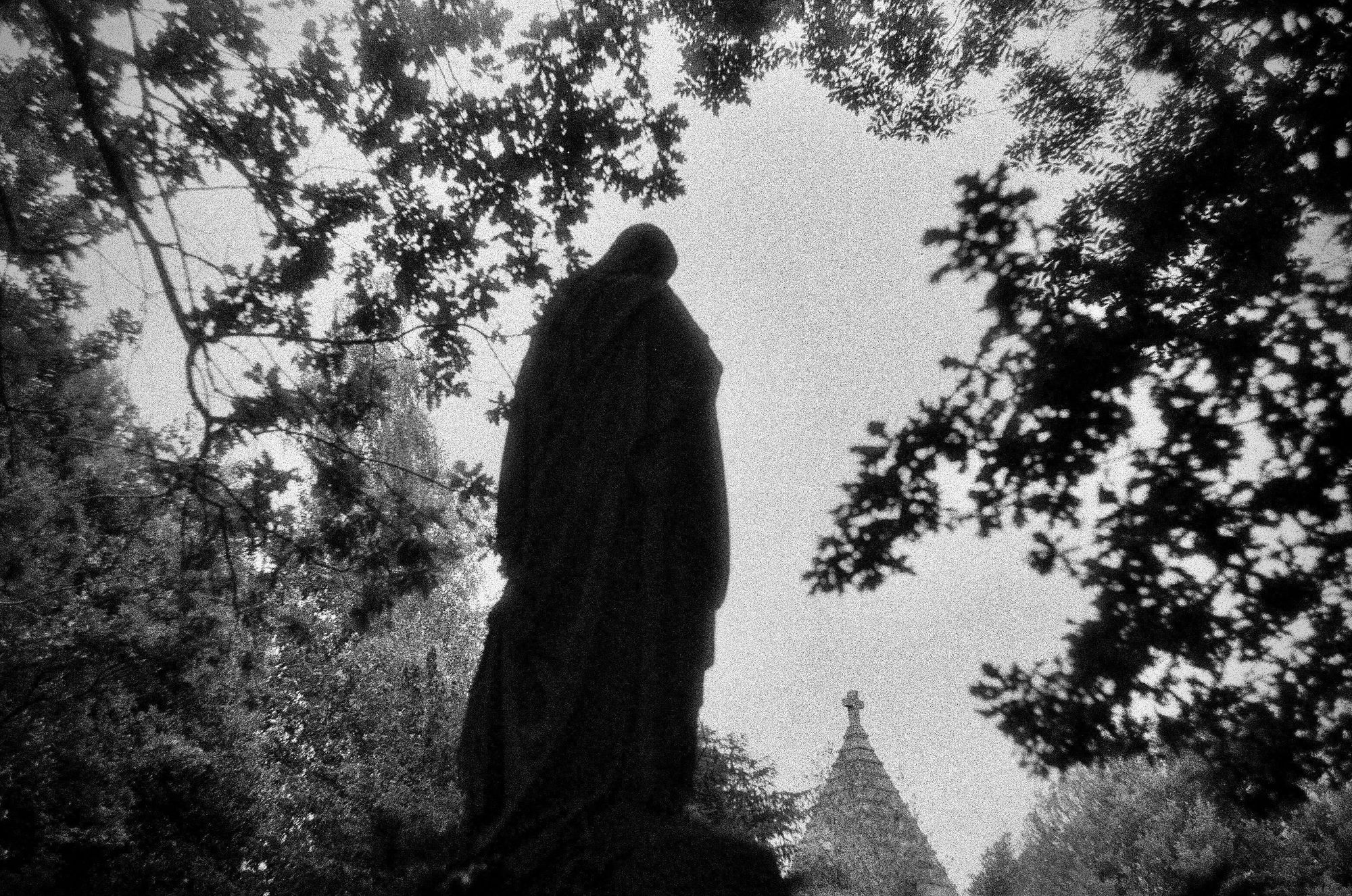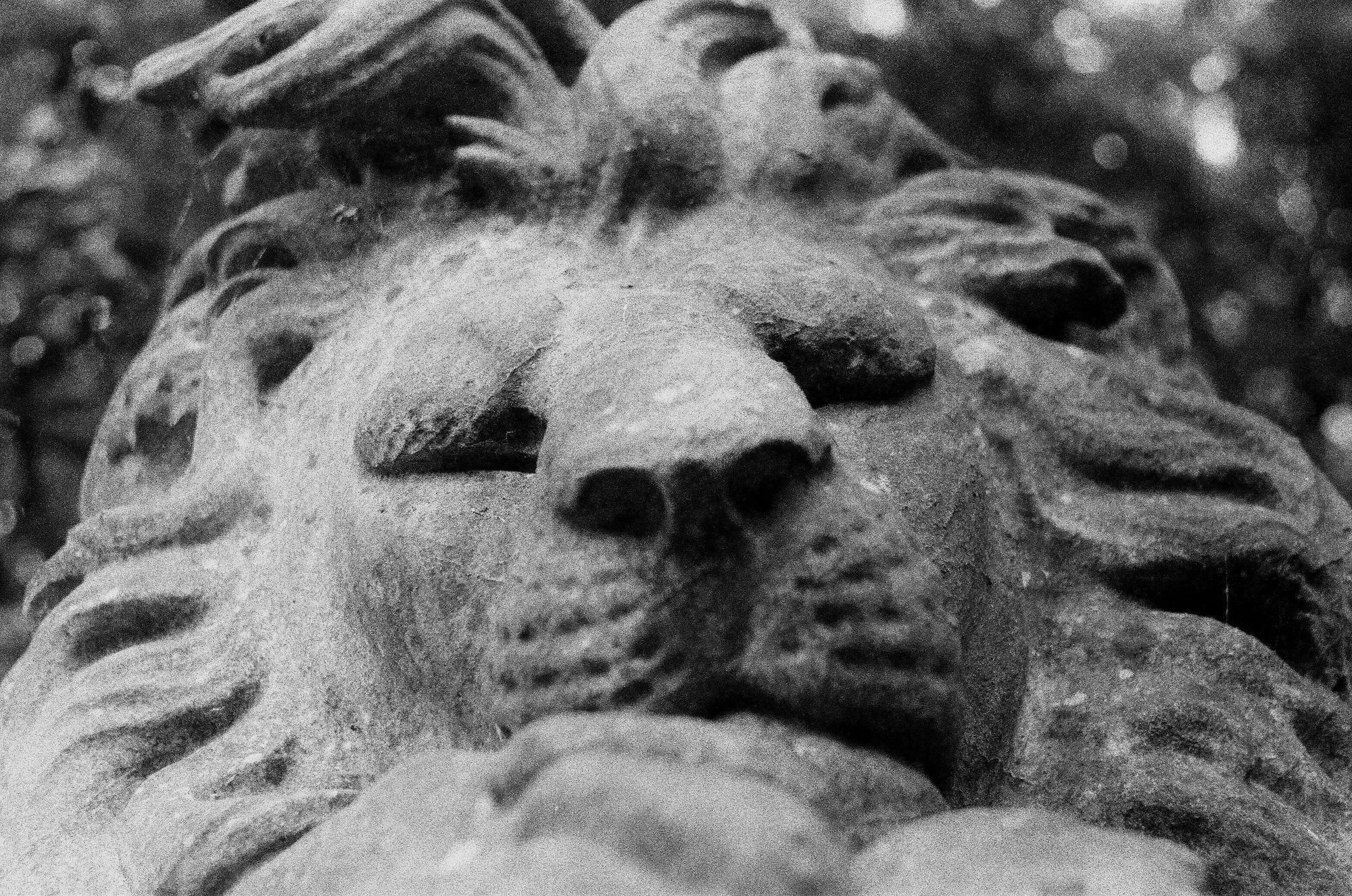By Holly Edwards
THE CROFT/ Stylish or sacrilegious? Holly discusses the ethics of using Catholic iconography for fashion purposes.
As we enter the darker months and our affinity for darker styles revives, we find ourselves reaching for rosaries and crucifixes to accessorise. However, it may be time to re-examine the controversial reconciliation of Catholic iconography and fashion…
Catholicism has been a long-standing presence in alternative fashion circles, namely the Gothic subculture. At first glance, the two seem at odds. One is conformist and traditional, and the other is anything but. However, upon closer inspection, they are a match made in heaven. Catholicism is dark and macabre. It’s concerned with death, life after death, and everything that is unexplainable and disturbing.
In recent years, we’ve witnessed Catholicism extend beyond the realms of Gothic fashion and infiltrate the mainstream. As a result, the appropriation of Catholic symbolism for purely aesthetic reasons has sparked concerns of insensitivity. The relationship between Catholicism and fashion runs deep yet has always been complex. Notable mainstream reimaginations include Alexander McQueen’s bitingly satirical A/W96 collection. Entitled Dante, the 1996 show saw McQueen sending his models down a crucifix-shaped catwalk where he paired his iconic ‘bumsters’ with a crown of thorns. Dolce and Gabbana offered a more sincere rendition of their Roman Catholic heritage in their A/W13 show, which saw figure-hugging dresses adorned with intricate Byzantine artworks and other religious iconography. Perhaps the most direct dialogue between the Church and fashion occurred in 2018 when the Met Gala hosted an exhibition titled Heavenly Bodies: Fashion and the Catholic Imagination, which included over 40 articles of clothing donated directly by the Vatican.

Despite recent popularity, to use Catholicism as a fashion statement means to enter murky territory. Canon Law 1171 (the official guideline for the Catholic community) states, ‘Sacred objects, which are designated for divine dedication or blessing, are to be treated reverently and are not to be employed for profane or inappropriate use’. In a time where we are beginning to have meaningful conversations about cultural appropriation, removing Catholic artefacts outside of their spiritual purpose becomes more contentious.
The issue extends beyond aesthetics. The real questions are about context and intention. Is the designer and wearer coming from a place of sincerity and respect? Or is there a desire to subvert and satirise? Last September, up-and-coming fashion brand Mirror Palais created a stir with its SS23 show, which took place in the Church of Ascension and saw a white corset and ultra mini-skirt look completed with a Nun-inspired headdress.

Another recent fashion moment that sparked outrage involved TikTok star Addison Rae, who was pressured to remove a sultry Instagram post where she wore a ‘Holy Trinity’ triangle bikini emblazoned with the words: ‘Father’, ‘Son’ and ‘Holy Spirit’. Internet brand ‘Praying’ lists the swimwear piece on their website with the description ‘an incredible powerful healing bikini’. Viewers of their website can also expect to see a blue ‘Hail Mary’ minidress and a graphic tee displaying the words ‘God’s Favourite’. It is safe to say its branding is anything but sincere and seems to be leaning on the side of sacrilege—but make it sexy?
With all the doubts raised over intentions, it is significant to note that Catholicism doesn’t quite fit comfortably into the definition of cultural appropriation primarily because it is a dominant world religion. Catholicism also inhabits a unique position in our society. For many, irony and subversion have been a way to confront and work through religious trauma. For many fashion creators and lovers who have drawn on Catholic iconography for fashion, their relationship with the Church has been complicated, to say the least. Discussing the Dante show with Women’s Wear Daily, McQueen was frank, “I think religion has caused every war in the world, which is why I showed it in a church”.

The clash of Catholicism and the fashion world speaks to deeper conflicts. How can we uphold respect and sensitivity in a space intended to challenge, provoke and push boundaries? Unfortunately, we can’t confidently say if it’s time to bring out the Urban Outfitters crucifix necklace this October.
Do you think designers can go too far when it comes to using Catholic symbolism in their work?
Featured Image: Izzy Ellis









